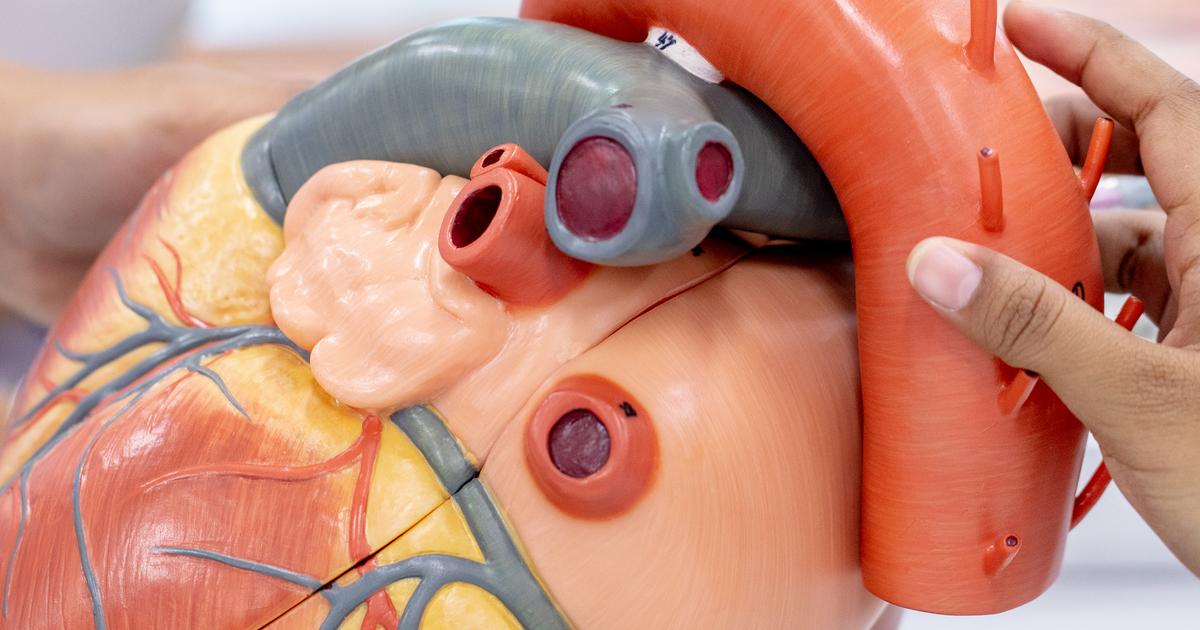Guide To The Structure Of The Heart
Located in the upper portion of the chest, the heart sits behind the breastbone and is responsible for pumping blood throughout the entire body. A healthy heart is roughly the size of a fist, and it usually beats between sixty to one hundred beats each minute. Over twenty-four hours, the heart circulates up to two thousand gallons of blood around the body. The typical weight for the adult heart is between seven to fifteen ounces. To evaluate a patient's heart health, doctors often begin by measuring the patient's heart rate. The patient will also have their blood pressure recorded, and the clinician might use a stethoscope to check for any abnormal heart sounds or rhythms. To get more detailed information, patients may have an electrocardiogram (a recording of the heart's electrical activity), and an echocardiogram (an ultrasound of the heart) may be recommended to learn more about how well the patient's heart is functioning. Patients with heart problems are typically treated by cardiologists, physicians who specialize in cardiac care.
Atria

The atria are the upper left and right chambers of the heart. Separated by a structure known as the interatrial septum, these two chambers work together to receive blood as it returns to the heart from other areas of the body. Specifically, the right atrium receives de-oxygenated blood returning from the head, neck, arms, and chest via a major vessel known as the superior vena cava. De-oxygenated blood from the lower body, including the legs, back, abdomen, and pelvis, is returned to the right atrium through the inferior vena cava. The left atrium receives blood that returns to the heart from the pulmonary veins. These veins connect the left atrium to the lungs. Unlike the blood that returns to the right atrium, this blood is full of oxygen. The right atrium contains nodes that generate the electrical impulses that regulate the rate and rhythm of the heart. Known as the heart's pacemaker, the sinoatrial node is located in the upper wall of the right atrium. The electrical impulses that travel from this location eventually reach the atrioventricular node in the lower part of the right atrium. The atrioventricular node delays the impulses from the sinoatrial node by a fraction of a second. During this time, the atria contract, and blood is sent to the ventricles. Atrial fibrillation and atrial flutter are two conditions that can affect the atria.
